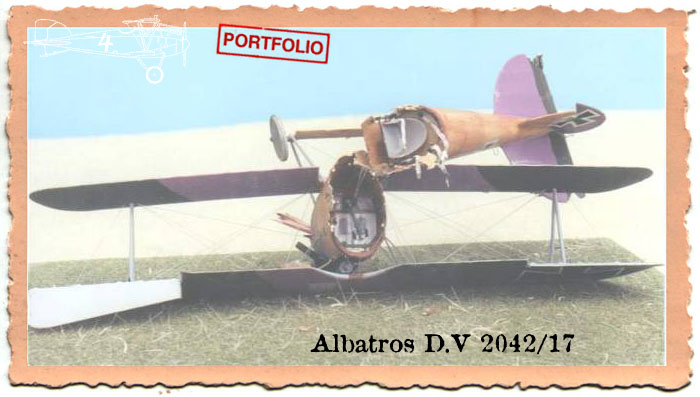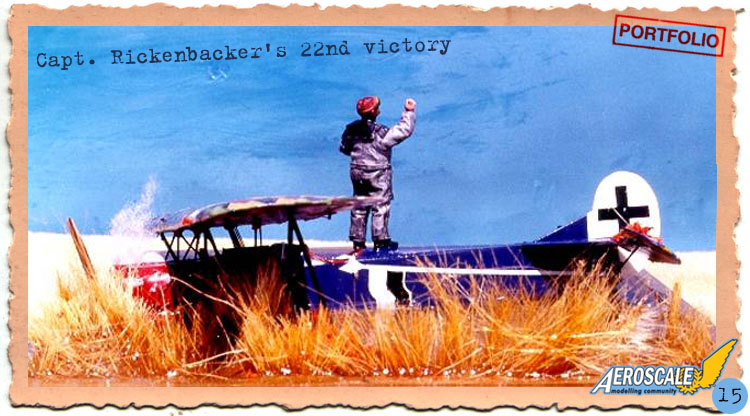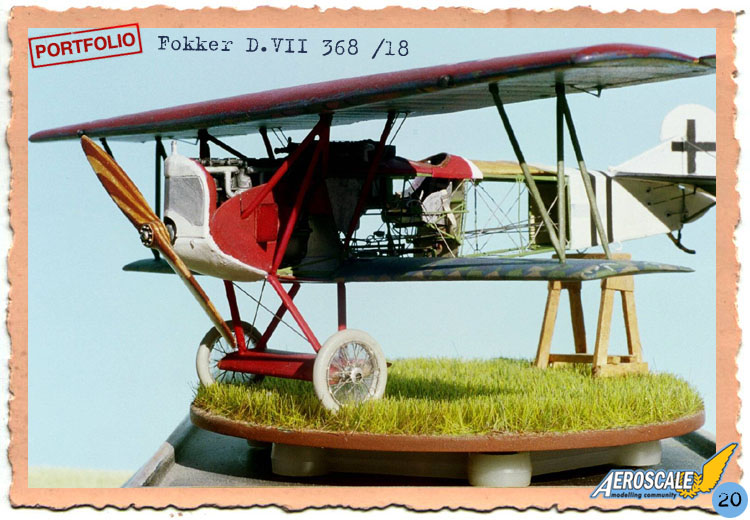at Benelux we'll start soon a 'Fire down below' campaign concentrating on anti-aircraft measures. Fueled by what I read and saw on the Aeroscale-forums, I've got the idea to make a dio of a wrecked ww1-era airplane.
However, I've some issues to deal with at thought...
First, what is a good kit to make such a dio? Which kits are suitable to make a wrecked version of?
I would like to use the Part PE aircraft frames and make a breach somewhere in the fuselage and show part of the wrecked frame. However, these PE-frames are packed within the plastic body of the kit, which would be too thick to represent torn linen or other material (wood, iron??) the fuselage was constructed of. Is there any technique to give a good representation of torn linen at the site where the fuselage was wrecked??
I hope my ideas are not too ambitious or unrealistic and I hope I can get some hints and tips.
Many thanx in advance.

Jelger























